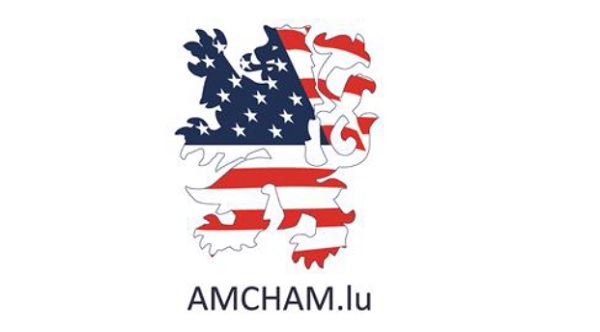
Sea containers first reached Germany’s shores 50 years ago; the logistics industry was awed by an innovation that would have an immense and lasting impact. For Thomas Simon, seeing the standardised steel boxes gave rise to a pioneering idea.
In Germany, the container age began with the arrival of the “MS Fairland” in Bremen on 5 May 1966 — ten years after this new kind of steel-cased packaging had its start in the USA. On board were 226 containers, a manageable load that, compared to today’s freight ships, seems almost quaint. Today, if people in Bremen wanted to see a large container ship, they would have to go to Bremerhaven or even Hamburg—Bremen and similar harbours are simply not set up to handle today’s giant ships.
Modern titans of the sea
These modern titans of the sea can form mountains by stacking up to 19,000 containers onboard. Orders have already been placed for the first 21,000 TEU (twenty-foot equivalent unit) capacity ships. While TEU refers to the unit of measurement, the boxes themselves have grown beyond that size — sometimes they stretch up to 40 feet long. As straightforward as containers may seem to be, they have changed the world and are now standard for the international movement of goods. With their introduction, items no longer have to be handled individually. Loading and discharging times were drastically reduced for bags of coffee, machine parts or jeans. This facilitated the development of international trade and globalisation into what we know today. In 1965, Bremen handled nine tons of groupage; in 2015, it handled just over 63 million tons, including 55 million in containers.
DACHSER, with its Luxembourg operation based in Grevenmacher, now moves enough standard containers in Germany to fully load several megaships per year. The Global Ocean Freight division at DACHSER Air & Sea Logistics is responsible for strategic development of sea freight. It coordinates global supply chain management and collaboration with shipping companies, while ensuring compliance with sustainable standards and processes and supporting customers with extensive ocean transport. For instance, in cooperation with Maersk Line, the world’s largest shipping company, regular service from Ningbo, China, to Bremerhaven runs five times a week. Triple-E ships, which at 400 m long are in the largest ship class with a capacity of 18,000 TEU, are used on these lines.
Taking a cue from fish
For DACHSER, the start of the container age in Germany carries special significance that extends far beyond sea freight. Thomas Simon, son-in-law of founder Thomas Dachser, took the maritime steel box and developed a four-legged, land-based solution that would revolutionise the entire overland logistics industry in subsequent years. The swap body, a standardised shipping container that could be detached from road units and exchanged between vehicles, was born. Since sea containers were designed to American measurements, which meant they were too short and narrow for the European pallet system, the size had to be adjusted.
Together with the Kögel company, Thomas Simon developed the “Eurotainer” in 1968 and built several prototypes for use with box trucks, flatbed trailers with lateral tarps and refrigerated containers. In the early 1970s, DACHSER converted its entire fleet within a three-year period to swap bodies. Over subsequent years, the industry followed as it became clear that the new solution had many advantages such as the option of relay shipping.
So it wasn’t just life forms that evolved from water to land. The swap body was adapted from the sea container through the evolution of logistics. It breathed new life into the logistics market and served in no small way as the basis for DACHSER’s rise from a freight forwarding agency to an international logistics company.








